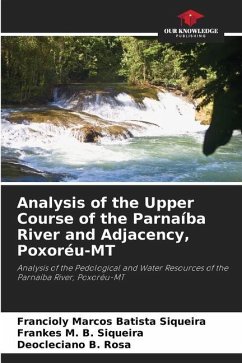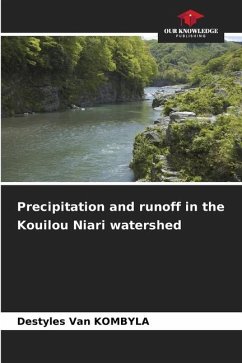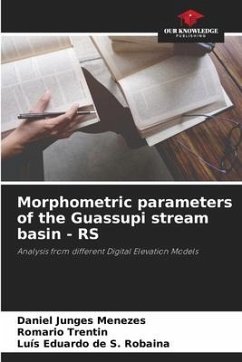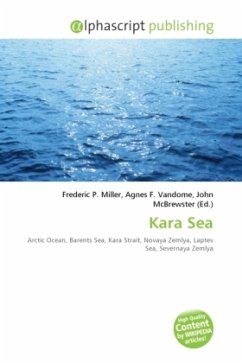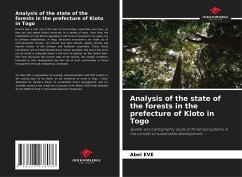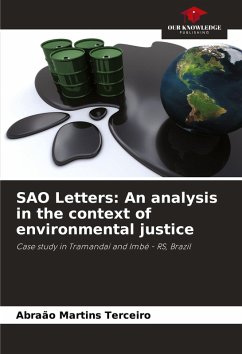
Analysis of the hydroclimatic functioning of the Kara watershed
Versandkostenfrei!
Versandfertig in 6-10 Tagen
36,99 €
inkl. MwSt.

PAYBACK Punkte
18 °P sammeln!
The study presented in this thesis concerns the analysis of the hydroclimatic functioning of the Kara watershed. This watershed has been subject to rainfall fluctuations. Rainfall trends show a decrease in Alédjo and Pagouda while they are increasing in Kara and Niamtougou. Temperatures and PTE are increasing, indicating a warming climate. With respect to hydrometry, we distinguish two parts. The first, analyzing the ORSTROM data from 1970 to 1990, shows a decreasing trend and the second, analyzing the data produced by the GR2M from 1980 to 2011, shows an increasing trend. The seasonal evolut...
The study presented in this thesis concerns the analysis of the hydroclimatic functioning of the Kara watershed. This watershed has been subject to rainfall fluctuations. Rainfall trends show a decrease in Alédjo and Pagouda while they are increasing in Kara and Niamtougou. Temperatures and PTE are increasing, indicating a warming climate. With respect to hydrometry, we distinguish two parts. The first, analyzing the ORSTROM data from 1970 to 1990, shows a decreasing trend and the second, analyzing the data produced by the GR2M from 1980 to 2011, shows an increasing trend. The seasonal evolution of the flows shows that between December and March, the beginnings are almost null and the peak is reached in September. The observation of the correlative curves rain-flow shows that, the flow begins in both cases when the precipitation is around 1000 mm. From the flow coefficient, it can be seen that the low water reserves of the first soil horizons feed the river modestly and the flow stops quickly after the arrival of the rainfall.





